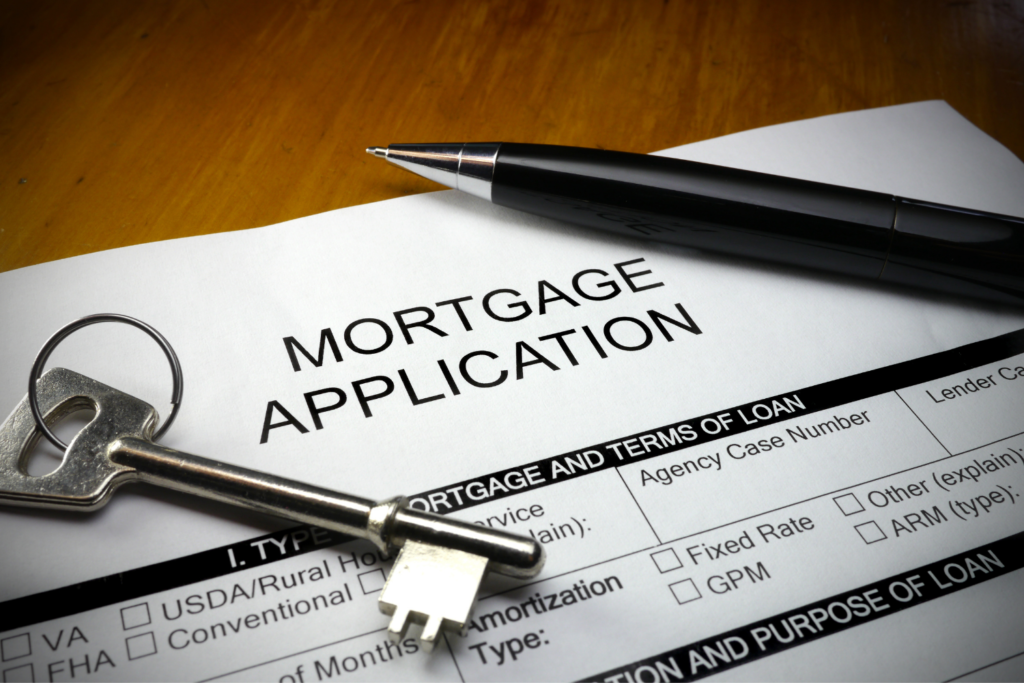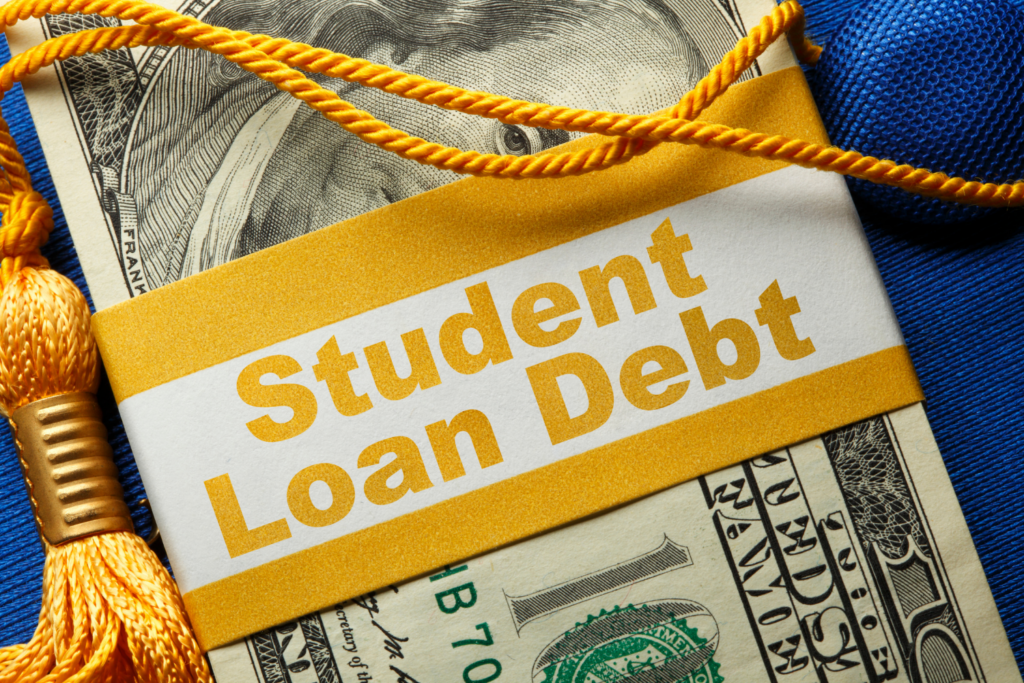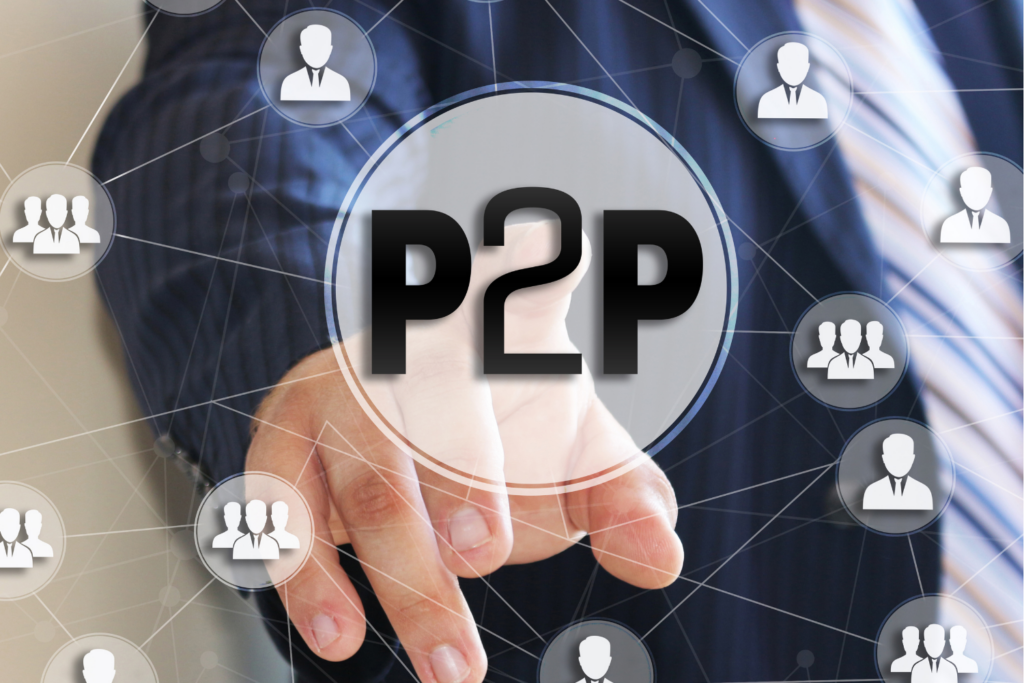
When it comes to financing a home purchase, potential homeowners have several options to choose from. One of these options is a piggyback mortgage. Piggyback mortgages, also known as combo loans or 80-10-10 loans, offer an alternative approach to traditional mortgage financing. In this article, we’ll explore what piggyback mortgages are, how they work, why someone might consider getting one, provide examples, and discuss the pros and cons associated with this unique mortgage strategy.
Contents
What is a Piggyback Mortgage?
A piggyback mortgage is a creative financing technique that involves taking out two separate loans to purchase a home instead of a single mortgage loan. The primary purpose of a piggyback mortgage is to avoid paying private mortgage insurance (PMI), which is typically required for conventional loans when the down payment is less than 20% of the home’s purchase price.
Other Names for Piggyback Mortgages
A piggyback mortgage can also be called an 80-10-10 mortgage, a home equity loan, or a home equity line of credit (HELOC).
How Does a Piggyback Mortgage Work?
Piggyback mortgages work by combining two loans to cover the cost of a home purchase:
- First Mortgage (80% of the purchase price): This is the primary mortgage loan that covers 80% of the home’s purchase price. It functions as the main loan and often comes with a lower interest rate compared to the second mortgage.
- Second Mortgage (10% of the purchase price): The second mortgage is typically a home equity loan or a home equity line of credit (HELOC) that covers 10% of the home’s purchase price. This loan has a higher interest rate than the first mortgage.
- Down Payment (10% of the purchase price): The borrower is required to make a down payment of at least 10% of the home’s purchase price, which is usually paid upfront.
Why Would Someone Get a Piggyback Mortgage?
There are several reasons why someone might consider getting a piggyback mortgage:
- Avoiding PMI: Piggyback mortgages allow borrowers to avoid paying private mortgage insurance, which can add significantly to the monthly mortgage payment.
- Lower Monthly Payments: Since the primary mortgage covers 80% of the home’s purchase price, it often comes with a lower interest rate and lower monthly payments compared to a jumbo loan or other financing options.
- Smaller Down Payment: Borrowers can make a smaller down payment (usually 10% of the purchase price) compared to the traditional 20% down payment required for conventional mortgages.
Examples of Piggyback Mortgages
Let’s consider an example to illustrate how a piggyback mortgage works:
- Home Purchase Price: $300,000
- Down Payment: 10% ($30,000)
- First Mortgage (80%): $240,000 at a 30-year fixed interest rate of 3.5%
- Second Mortgage (10%): $30,000 at a 15-year fixed interest rate of 5%
In this example, the borrower uses a piggyback mortgage to purchase the home. The first mortgage covers 80% of the purchase price, and the second mortgage covers the remaining 10%. By splitting the financing in this way, the borrower avoids PMI and may enjoy lower monthly payments.
Pros and Cons of Piggyback Mortgages
Pros:
- No PMI: The primary benefit of a piggyback mortgage is the ability to avoid paying PMI, which can save borrowers money over the life of the loan.
- Lower Monthly Payments: The first mortgage typically comes with a lower interest rate, resulting in lower monthly payments compared to other financing options.
- Smaller Down Payment: Borrowers can enter the housing market with a smaller down payment, making homeownership more accessible.
Cons:
- Higher Interest Rate on the Second Mortgage: The second mortgage usually carries a higher interest rate than the first mortgage, which can increase the overall cost of borrowing.
- Complex Financing Structure: Piggyback mortgages involve two loans, making the financing process more complex and potentially confusing for some borrowers.
- Risk of Default: Having two loans increases the financial burden on the borrower, which can be risky if their financial situation deteriorates.
Conclusion
Piggyback mortgages offer an alternative approach to traditional mortgage financing, allowing borrowers to avoid PMI and make a smaller down payment while keeping monthly payments manageable. However, they come with a higher interest rate on the second mortgage and a more complex financing structure. Before deciding on a piggyback mortgage, it’s essential to carefully consider your financial situation and explore all available mortgage options to make an informed decision that aligns with your long-term homeownership goals. Consulting with a mortgage professional can also provide valuable guidance in choosing the right financing strategy for your specific needs.
Featured Image Credit: Deposit Photos




